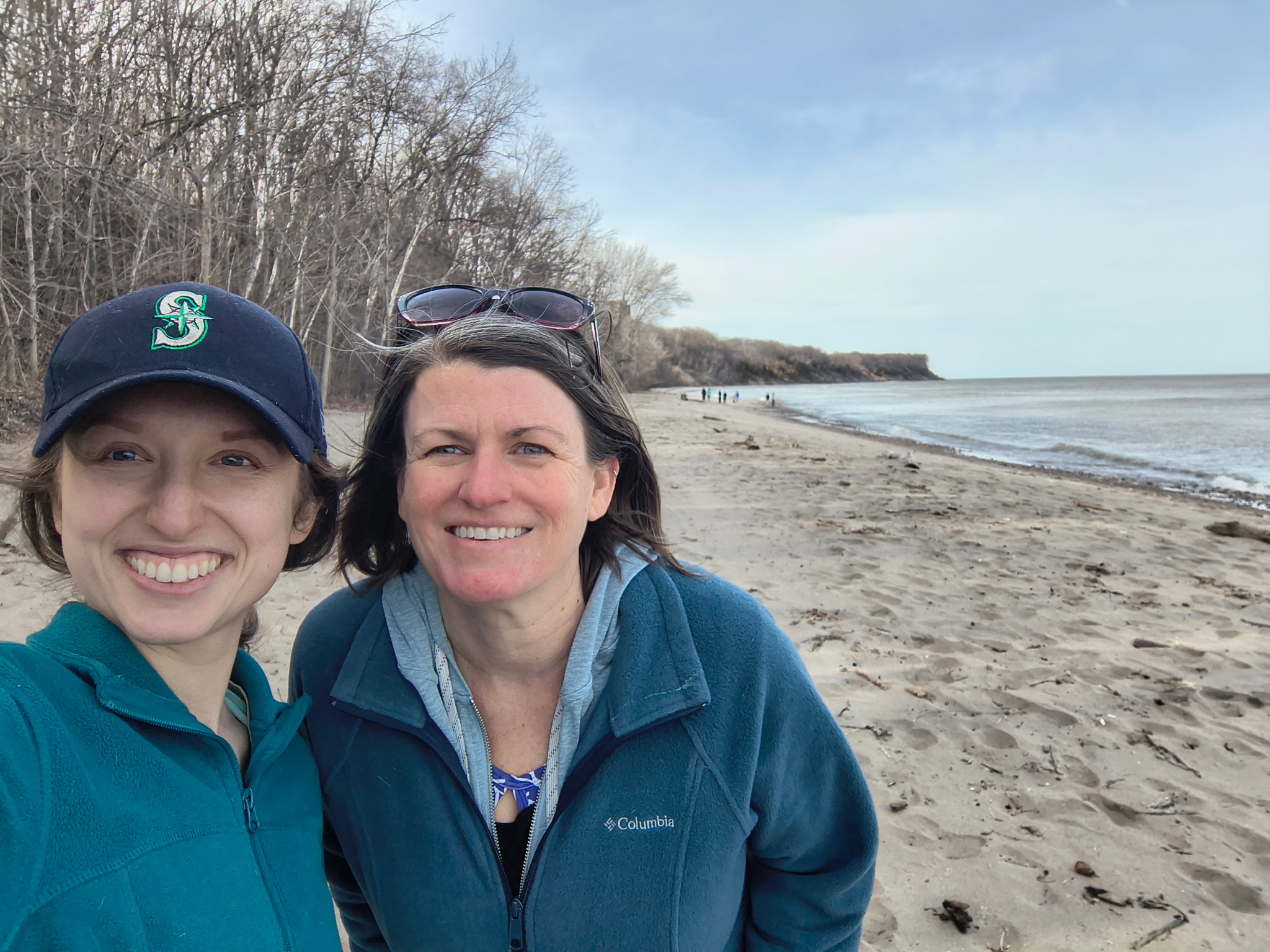Despite close attention by fishery managers, the lake trout population in the Wisconsin waters of Lake Superior has been declining in the past decade or so. Recently, this led to emergency limits on the number of lake trout that can be harvested by anglers and commercial and tribal fishermen in Wisconsin waters of the lake.
In an effort to get a better handle on population stressors so that more accurate fishing quotas can be set, fishery managers are looking at a variety of factors that might stress this important population. One of those things are attacks by sea lamprey – the eely vampire of the fisheries world.
Although the number of lake trout deaths by lamprey rank behind those from commercial fishing, natural causes and angling, it is estimated that more than 50 percent of lake trout attacked by lamprey survive. It’s long been assumed that lamprey-attack survivors suffer from impaired growth and reproduction rates, but this has never been studied in the lab.
Tyler Firkus, a fish and wildlife Ph.D. candidate at Michigan State University (MSU), plans to change that. However, first he has a few obstacles to overcome for this unique project. For instance: how to catch lamprey that are in the relatively short feeding stage of their life cycle, how to keep the lamprey alive until they can be introduced to lake trout, and how to expose the trout to lamprey parasitism just long enough so that it’s not lethal.
“It’s a major project with a lot of moving parts,” Firkus said. “There’s different hurdles and different things that keep popping up because nobody’s ever done this before.”
Of the various types of lake trout, Firkus is studying the siscowets (the fat ones) and lean lake trout. They were chosen for the study for comparison purposes. “There’s some evidence that the siscowet are more prone to parasitism from lamprey and they might actually be buffering the lean lake trout from parasitism,” Firkus said.
Why lamprey seem to prefer siscowets could be because lamprey like their fattier taste, or because they live in the same deepwater habitat that feeding lamprey prefer, or it could just be a numbers game because there are more siscowets in Lake Superior than there are lean lake trout, by a ratio of 15:1 (based on 2006-2011 data).
Firkus is conducting his research at the University of Wisconsin-Stevens Point Northern Aquaculture Demonstration Facility (UWSP NADF), a Wisconsin Sea Grant partner organization located in Red Cliff, Wis. The facility currently holds a mature broodstock of both trout types from previous research projects. The UWSP NADF is the only facility in the world that has domestically reared siscowets available. Firkus is just beginning what he suspects will be a four- to six-year project.
As for catching the lamprey, Firkus is getting help from commercial fishermen in the Bayfield area and from the Hammond Bay Biological Station in Michigan, which specializes in lamprey collection and research. So far, he has about 20 lamprey in their feeding stage, with hopes of capturing 30 to 40 total.
As for exposing the lamprey to the research fish, Firkus plans to do this is in a controlled manner, with one lamprey parasitizing one lake trout per tank. For scientific comparison, other lake trout will go into tanks without lamprey.
“We want to look at the sublethal effects of parasitism, “Firkus said. “If the lamprey parasitize longer than five days, it’s likely that the lake trout will die. We will remove the lamprey around three or four days to avoid mortality.”
After the lamprey are removed, he plans to study a number of physical parameters of the fish over the long term. These include growth, reproduction and immune response. He will divide his time between UWSP NADF and MSU depending on whether he needs to collect data, process data or teach.
“The data will be an important tool to refine current physiological and bioenergetics models to better predict how sublethal sea lamprey attacks can affect the lake trout population,” said Greg Fischer, UWSP NADF operations manager. “The information will be vital for proper management strategies in all the Great Lakes.”
Funding for the project is coming from the Great Lakes Fishery Commission. Project leaders are Cheryl Murphy, Michigan State University; Fischer, UWSP NADF; Rick Goetz, National Oceanic and Atmospheric Administration Northwest Fisheries Science Center; and Shawn Sitar, Michigan Department of Natural Resources Marquette Fisheries Research Station.





